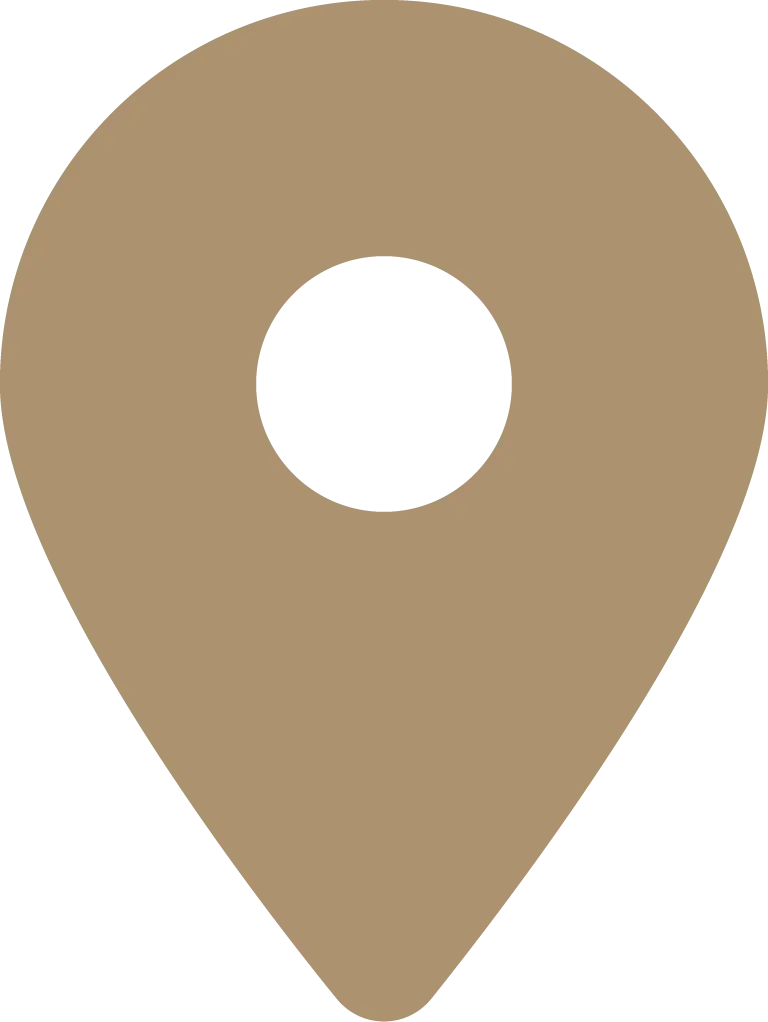
The leading edge in skin rejuvenation.
The leading edge in skin rejuvenation involves a range of advanced techniques and technologies that are designed to improve the appearance and health of the skin. These techniques may include:
- Laser therapy: Laser therapy is a non-invasive procedure that uses a laser to stimulate collagen production in the skin. This helps to improve skin tone and texture, reduce the appearance of fine lines and wrinkles, and improve the overall health of the skin.
- Microdermabrasion: Microdermabrasion is a minimally invasive procedure that involves the use of tiny crystals to exfoliate the top layer of the skin. This helps to remove dead skin cells and stimulate collagen production, resulting in smoother, healthier-looking skin.
- Chemical peels: Chemical peels involve the application of a chemical solution to the skin, which causes the top layer of skin to peel off. This helps to improve skin texture and tone, reduce the appearance of fine lines and wrinkles, and improve the overall health of the skin.
- Radiofrequency therapy: Radiofrequency therapy uses radio waves to heat the skin, stimulating collagen production and tightening the skin. This can help to improve skin tone and texture, reduce the appearance of fine lines and wrinkles, and improve the overall health of the skin.
- Platelet-rich plasma therapy: Platelet-rich plasma (PRP) therapy involves injecting a concentration of platelets from the patient’s own blood into the skin. This helps to stimulate collagen production and improve the overall health of the skin.
Overall, the leading edge in skin rejuvenation involves a range of advanced techniques and technologies that are designed to improve the appearance and health of the skin. It is important to consult with a qualified skincare professional to determine the best treatment options for your individual needs and skin type.
PRP (platelet-rich plasma) skin treatments involve the use of a patient’s own blood plasma that has been enriched with platelets to rejuvenate the skin. Here are some commonly asked questions and answers about PRP skin treatments:
Q: How does PRP work for skin rejuvenation?
A: Platelets contain growth factors that promote tissue repair and regeneration. When platelet-rich plasma is injected into the skin, these growth factors stimulate collagen production, improve skin texture and tone, and reduce the appearance of fine lines and wrinkles.
Q: What are the benefits of PRP skin treatments?
A: PRP skin treatments are minimally invasive and have little to no downtime. They can be used to improve the appearance of fine lines and wrinkles, acne scars, and uneven skin texture and tone. PRP can also be combined with other treatments such as microneedling or laser therapy for even greater results.
Q: What should I expect during a PRP skin treatment?
A: During a PRP skin treatment, a small amount of blood is drawn from the patient and processed to extract the platelet-rich plasma. The PRP is then injected into the skin using a fine needle or combined with microneedling. The treatment may cause some redness and mild swelling, but this usually resolves within a few days.
Q: How many treatments are needed?
A: The number of treatments needed depends on the patient’s individual goals and the condition of their skin. Typically, a series of 3-4 treatments spaced about 4 weeks apart is recommended for optimal results. Maintenance treatments may be needed every 6-12 months.
Q: Who is a good candidate for PRP skin treatments?
A: PRP skin treatments are suitable for most people, including those with fine lines and wrinkles, acne scars, and uneven skin tone and texture. However, people with certain medical conditions, such as blood disorders or infections, may not be good candidates. A consultation with a healthcare provider can help determine if PRP skin treatments are right for you.

